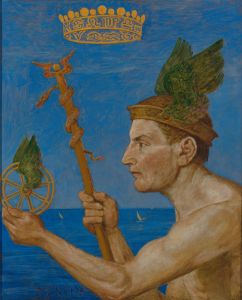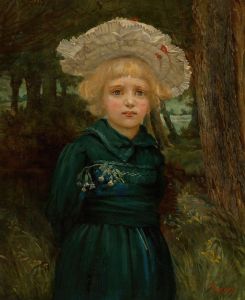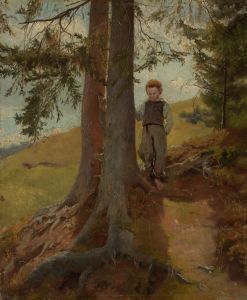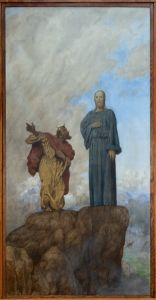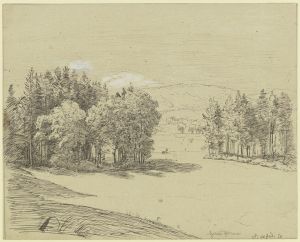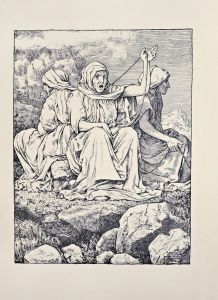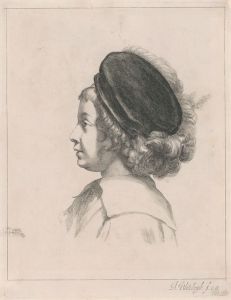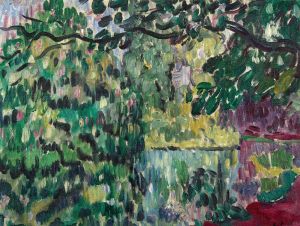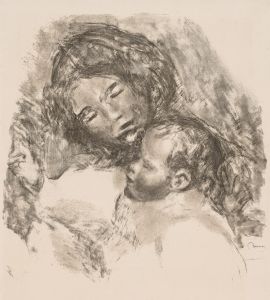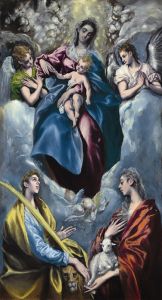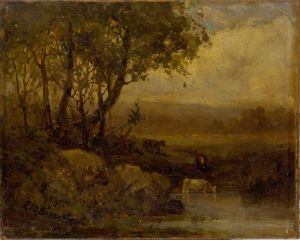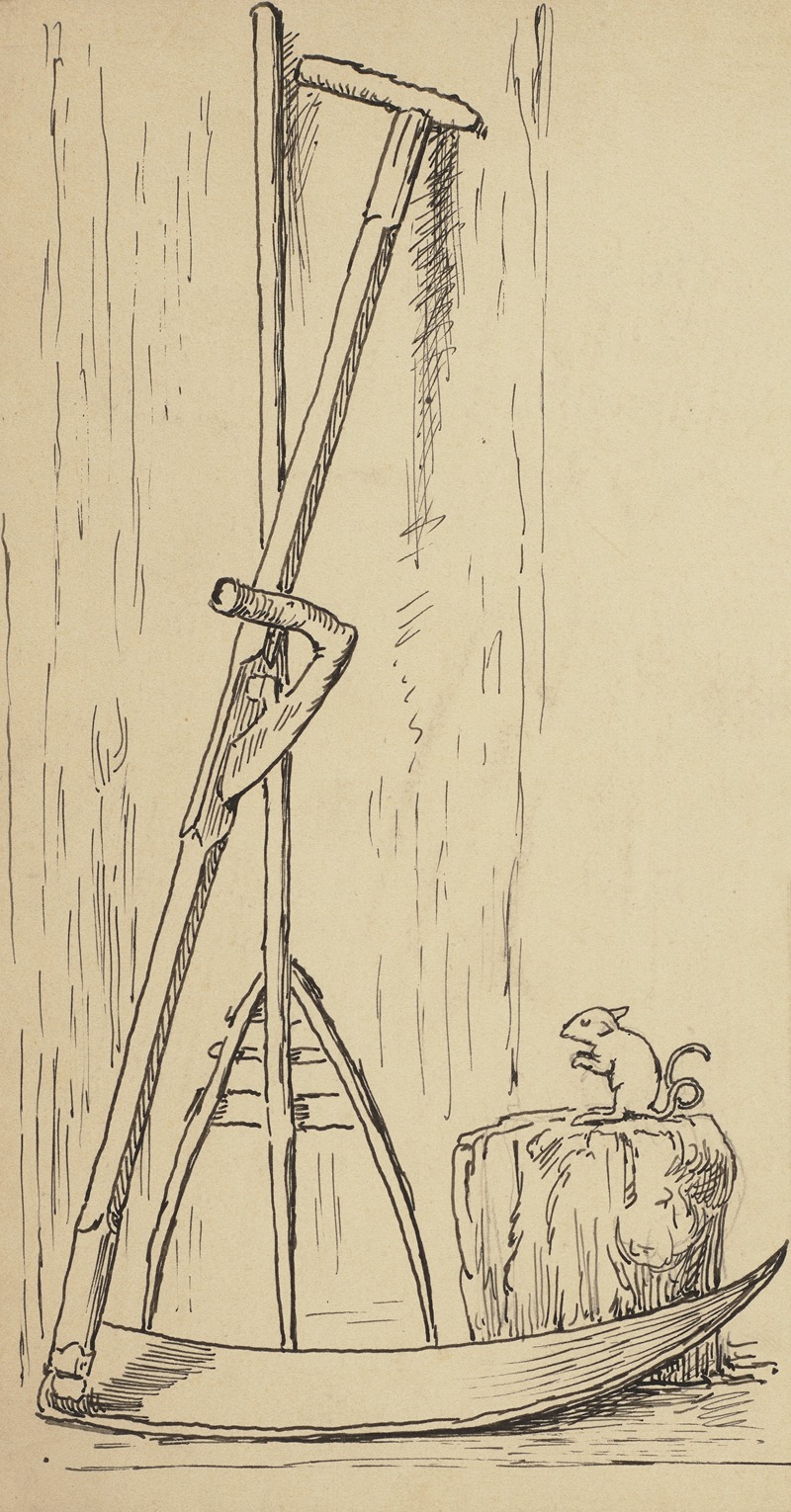
Sense
A hand-painted replica of Hans Thoma’s masterpiece Sense, meticulously crafted by professional artists to capture the true essence of the original. Each piece is created with museum-quality canvas and rare mineral pigments, carefully painted by experienced artists with delicate brushstrokes and rich, layered colors to perfectly recreate the texture of the original artwork. Unlike machine-printed reproductions, this hand-painted version brings the painting to life, infused with the artist’s emotions and skill in every stroke. Whether for personal collection or home decoration, it instantly elevates the artistic atmosphere of any space.
Hans Thoma's painting Sense is a work by the German artist, who was born in 1839 and became one of the prominent figures of 19th-century German art. Thoma is known for his landscapes, portraits, and allegorical works, often inspired by German Romanticism and influenced by the traditions of the Old Masters. His art frequently reflects a connection to nature and a sense of simplicity, which resonated with the cultural and artistic movements of his time.
Unfortunately, there is limited specific information available about the painting Sense. While Hans Thoma's oeuvre includes numerous works that explore themes of nature, human emotion, and allegory, detailed records or scholarly analyses of this particular painting are not widely documented. As such, any further description or interpretation of Sense would require speculation, which is not consistent with Wikipedia's standards for verifiable and factual information.
For a broader understanding of Hans Thoma's artistic style and contributions, it is worth noting that he was associated with the Düsseldorf School of painting early in his career and later became connected to the Munich Secession. His works often exhibit a blend of realism and idealism, with a focus on rural life, mythological themes, and a deep appreciation for the natural world. Thoma's art gained recognition during his lifetime, and he eventually served as the director of the Karlsruhe Art Academy.
If additional information about Sense becomes available through reliable sources, it could provide further insight into the context, themes, and significance of this painting within Thoma's body of work. For now, however, the specifics of this artwork remain unclear.





